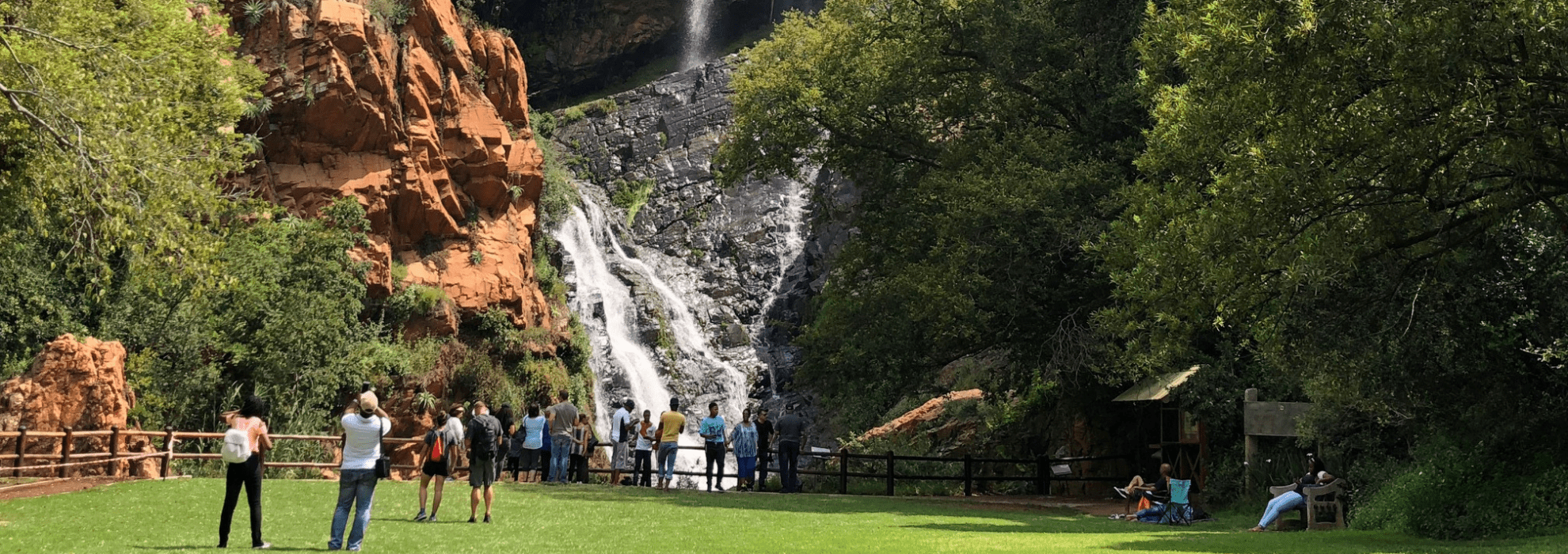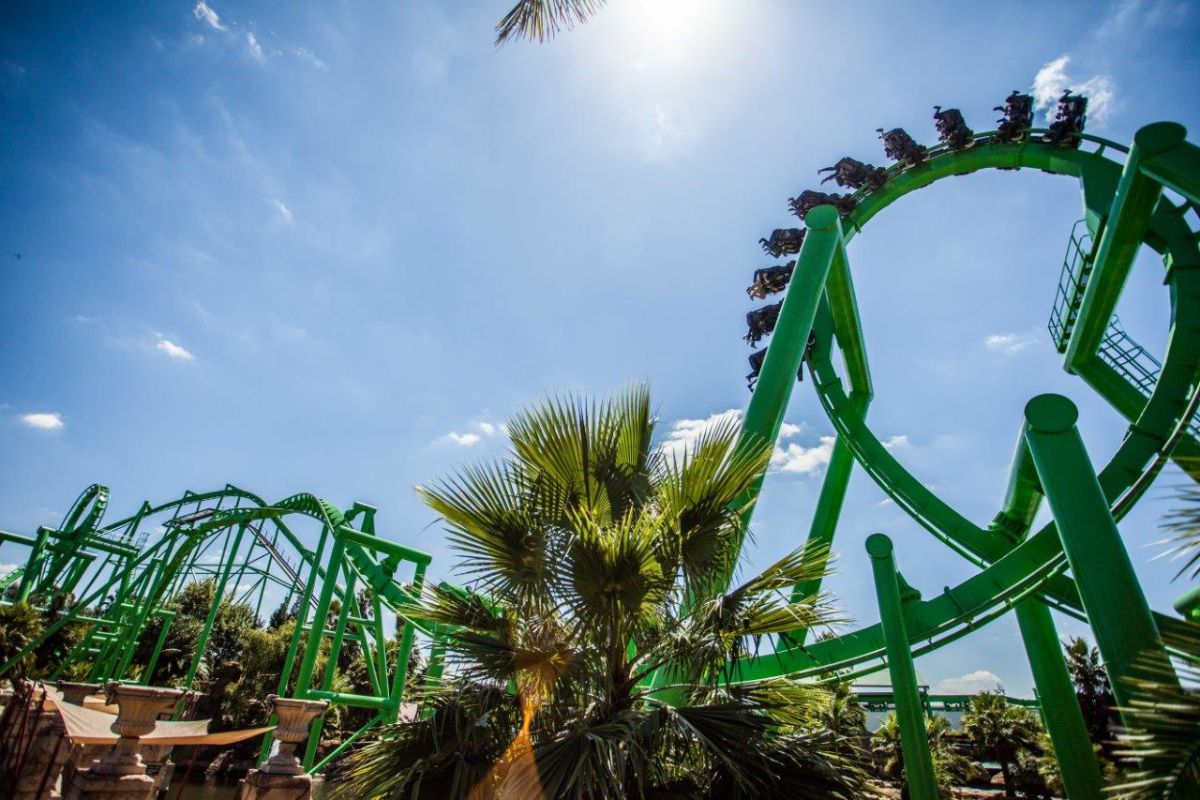Not known Factual Statements About Johannesburg North Attractions
The Ultimate Guide To Johannesburg North Attractions
Table of ContentsRumored Buzz on Johannesburg North AttractionsJohannesburg North Attractions Can Be Fun For AnyoneThe 9-Minute Rule for Johannesburg North AttractionsThe Greatest Guide To Johannesburg North AttractionsSome Known Details About Johannesburg North Attractions The smart Trick of Johannesburg North Attractions That Nobody is Discussing
The city owes its area to the existence of a a lot more valuable source: gold. The city expanded on the edge of the Witwatersrand Main Coral reef, a below ground stratum of gold-bearing quartz-silica empire that arcs for hundreds of miles below the Highveld. Most of the gold mines in the city ceased procedure in the 1970s, yet in its day the Witwatersrand gold industry accounted for more than 40 percent of the globe's yearly gold manufacturing.Johannesburg has a warm climate. Summertime temperature levels average about 75 F (24 C); winter months temperatures average concerning 55 F (13 C) and just periodically dip below freezing. The city delights in regarding eight hours of sunshine daily in both winter months and summer. Rainfall averages about 28 inches (700 millimetres) per year, but the overall varies significantly from year to year.
What rainfall the city receives drops virtually exclusively in the summertime months, often in spectacular late-afternoon electrical tornados., where many residents still rely on coal for gas.

All about Johannesburg North Attractions
The balance of the city is occupied by whites. Holiday accommodation varies in character and quality. Soweto is infamous for its unlimited rows of municipally built, two-room matchbox homes, yet it likewise has a few thriving territories along with bristling squatter camps, where 10s of thousands live without water, electrical power, or hygiene facilities.
Physical growth, although rather restricted by transport, proceeded quickly as migration to South Africa, and Johannesburg in specific, enhanced drastically.
Many poor residential areas were blended, with poor blacks and whites cohabiting, although the well-off suburban areas were generally reserved for whites. This changed with the political election of the National Celebration in the 1948 elections, that began to formalise the system called apartheid. Racism officially marked which suburban areas each race can live in under the Team Locations Act.
The approximated population of the region is 200,000, [] The number of individuals living in the inner city on a casual basis is unidentified, as many are prohibited immigrants. Most higher-income homeowners and white people have actually relocated to the north residential areas and have actually been replaced by lower-income black individuals. The joblessness, education and learning, and age profiles of the location are all unknown, as a result of the problem of obtaining trustworthy Home Page information regarding the area.
Fascination About Johannesburg North Attractions
Yeoville and Bellevue have a mix of home structures and single domestic devices on little whole lots. The area lies on a hilly divide that ranges from eastern to west. The most obvious geographical attribute is Observatory Ridge, which is called for the large observatory situated on it. The recreational areas are no his explanation more made use of, as a result of safety issues.

Johannesburg Arena, a training ground for both the Golden Lions and Orlando Pirates, is surrounding. The eastern suburban areas of Johannesburg lie in the city's 7th [] and 9th [] regions. The location is additionally functionally incorporated with East Rand border communities beyond the main limit of Johannesburg, such as Bedfordview and Edenvale (both part of Ekurhuleni Metropolitan Municipality).
All About Johannesburg North Attractions
R. Tambo International Flight Terminal). The eastern suburban areas are a few of the earliest areas of Johannesburg, there are big neighborhoods of Jewish and various other European backgrounds, most of the population is English talking. There are 3 fairway in addition to a number of secured ridges with viewsites. There are a number of strong and up-market entertainment and shopping locations in the eastern such as the Eastgate Shopping Centre and the Greenstone buying centre.
The area is mostly composed of old "matchbox" homes, or four-room residences constructed by the federal government, that were constructed to give economical holiday accommodation for black important source workers during apartheid. Soweto is an abbreviation, representing "South Western Townships". Street after road in this field is lined with matchboxes; nevertheless, there are a couple of smaller sized locations where prosperous Sowetans have constructed residences that are a lot more comparable in stature with those in more affluent suburban areas.
Hostels are one more famous physical feature of Soweto. Originally developed to house male migrant workers, lots of have been enhanced as dwellings for couples and families. The N1 Western Bypass skirts the eastern border of Soweto. The residential area was not traditionally allowed to develop employment centres within the area, so almost all of its residents are commuters to other components of the city.
How Johannesburg North Attractions can Save You Time, Stress, and Money.
The N1 Western Bypass connects the northern residential areas with the north-western suburbs. The houses in the north residential areas are mostly official, without considerable areas of informal housing, or real estate that lacks a permanent framework. Although this is a recognized area, there is a fad of land usage adjustment from property to commercial, specifically along primary arterial roads and around recognized nodes.
The area is well connected to roadway networks, especially along the north-south axis developed by the M1 and N1. Roads to the eastern and west are less well established, as there are no highways travelling because direction. Towards the north border of the city, the thickness of growth decreases, leaving big areas of undeveloped land around Midrand.
The Best Guide To Johannesburg North Attractions
, which is located on a hill neglecting the inner city and Hillbrow.